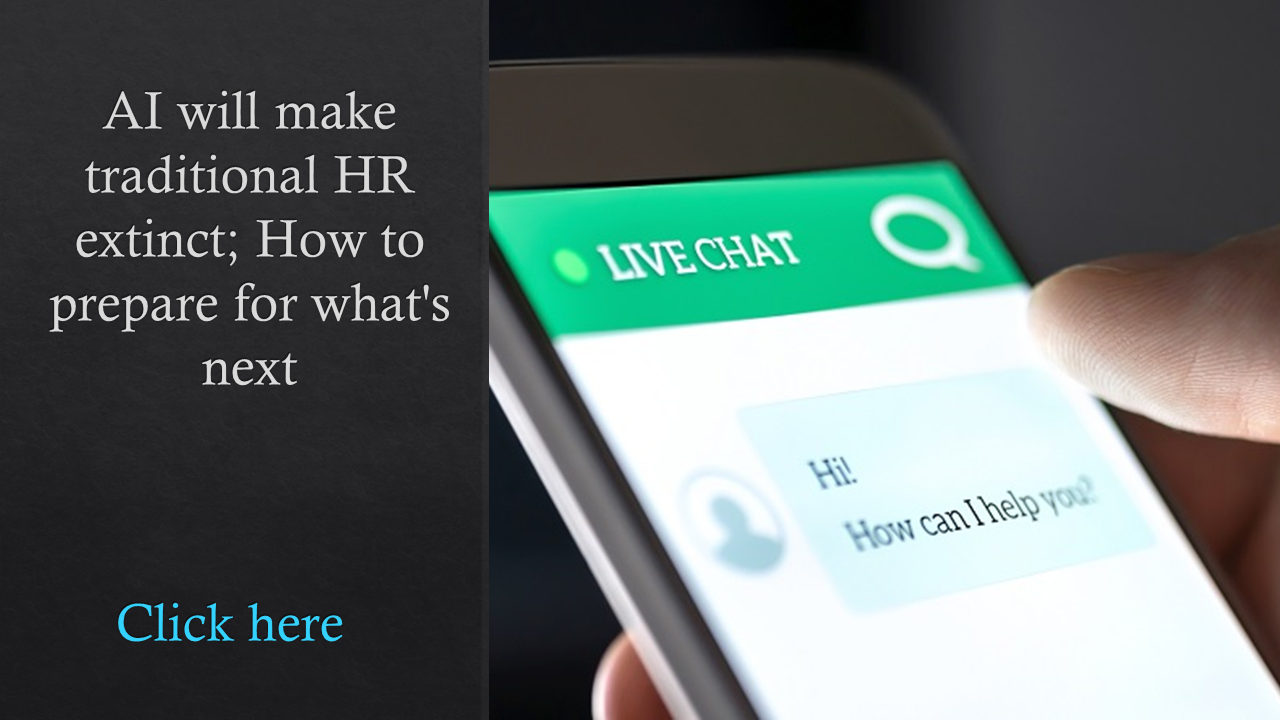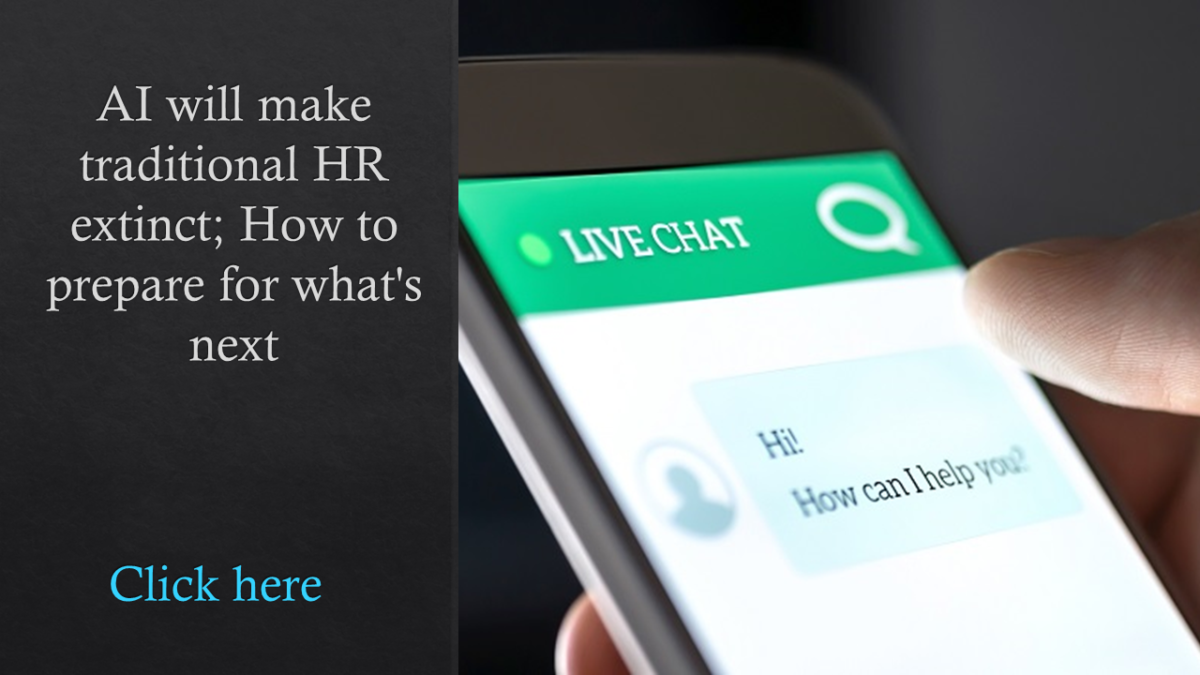The New York Times’ recent exposé of retail giant Amazon’s HR technology failures in delivering benefits and payroll to a portion of its full-time employees—some on paid parental leave were marked absent at work, pay was not delivered to others for months at a time and disability benefits were withheld from others, leaving employees struggling to pay their bills—highlights the weaknesses of an overly complex technology landscape and an overtaxed HR sector.
That’s the takeaway from several HR technology experts who say the high-profile crisis could plague any organization that doesn’t give its technology and its people the attention they need. And while Amazon’s dilemma may be due to its vast scale and estimated 1.3 million employees worldwide, those experts also say even much smaller organizations face similar challenges, though they haven’t had such widely publicized hiccups.
“This is not a size problem. Companies like IBM, Deloitte, Unilever, Nestlé and many others handle these employee programs exceptionally well,” says Josh Bersin, global industry analyst and HRE columnist. “This is an example of a company that just doesn’t care that much—the article says the 150% turnover rate is considered a ‘positive’—and has just not invested in employee-centric programs.”
Related: HR tech number of the week: HR systems
Rebecca Wettemann, CEO and principal at Valoir, a technology industry analyst firm, however, says that these HR and benefit technology mistakes are most likely due to Amazon’s rapid growth over the past decade to become the second-largest employer in the United States.
 “I don’t think other companies have the problems at this scale, but when you think of companies that have antiquated HR systems that don’t talk to each other, aren’t integrated and are not updated on a regular basis to conform to regulatory changes, there are still opportunities for things to go wrong,” says Wettemann, who is also one of HRE’s Top 100 HR Tech Influencers for 2021.
“I don’t think other companies have the problems at this scale, but when you think of companies that have antiquated HR systems that don’t talk to each other, aren’t integrated and are not updated on a regular basis to conform to regulatory changes, there are still opportunities for things to go wrong,” says Wettemann, who is also one of HRE’s Top 100 HR Tech Influencers for 2021.
But this should not have been such a serious problem for a company as tech-focused as Amazon, she says. “If any company should have technology that addresses these issues, it should be Amazon. It’s been around for a long time and it’s a tech innovator.”
Problems like those reported in the New York Times investigation, based in part on confidential internal documents, could happen at other firms, says Jason Averbook, co-founder and CEO of Leapgen.
“You have to make sure processes and journeys are leak-proof, which basically means that it doesn’t allow things like this to fall through the cracks,” says Averbook. “It’s not just data when someone is going on leave. It’s standard policies and procedures. Everyone has to understand this.”
The Times article comes after years of critical news coverage that shined a light on a host of criticisms, including the unrelenting pace that some Amazon employees have to work, which often includes forgoing bathroom breaks in order to fill endless customer orders. Amazon officials recognized that it had a problem and announced efforts to solve the problem. The company responded recently with slickly produced TV and web ads showing happy workers inside Amazon distribution fulfillment centers.
Related: More on employee benefits
“When Jeff Bezos became chairman and announced he was going to work on Amazon becoming ‘the most employee-focused company,’ it seemed like a whole new idea to him,” says Bersin. “For those of us in HR, we’ve already learned that taking care of employees is even more important than taking care of customers because it’s employees who deliver the products, services and support that customers need.”
An Amazon spokesperson said a technology fix is underway to resolve the problem and should be completed by March 2022. “The company is hiring hundreds of employees, streamlining and connecting systems, clarifying its communications and training human resources staff members to be more empathetic,” reports the Times.
An overtaxed HR sector
The problems facing Amazon could stem from the retail giant’s decision to stop using Workday’s human capital management solution earlier this year, suggests Wettemann. The Times reports that Amazon brought its employee leave operations in-house and pushed staff to improve the systems and solve the HR problems plaguing its workforce.
“This suggests there were some tech problems in the HR area [and that this problem] might be a by-product … and this is showing up in what is happening with the employees,” says Wettemann.
 “Current and former employees involved in administering leaves say that the company’s answer has often been to push them so hard that some required leaves themselves. Last year, in an email sent out on a Friday about a Sunday deadline, a corporate manager of the leave system scolded his teams to do more,” reports the New York Times. “You all know what needs to be accomplished and by when,” the manager wrote, according to the Times. “No exceptions!”
“Current and former employees involved in administering leaves say that the company’s answer has often been to push them so hard that some required leaves themselves. Last year, in an email sent out on a Friday about a Sunday deadline, a corporate manager of the leave system scolded his teams to do more,” reports the New York Times. “You all know what needs to be accomplished and by when,” the manager wrote, according to the Times. “No exceptions!”
This doesn’t surprise Wettemann. Given Amazon’s rapid growth, especially during the pandemic, its HR overload was almost inevitable.
“When we look at what HR has been tasked with for the last two years—managing a hybrid workforce in a pandemic, gathering new data, managing a workforce in new ways—there are more opportunities for things to fall through the cracks,” she says.
And when employees are not in the office, it’s harder to fix these problems, she adds. “You have burnout in HR and there are still the same hours in the day and a lot more you’re being asked to accomplish,” she says.
Josh Bersin
Bersin doesn’t see Amazon’s challenge as a technology problem, however, but one that comes down to corporate culture.
Related: Your culture has changed—here’s how to shape it for the future
“Stitching these HR systems together is not that hard, given the massive IT and AWS investment the company has made. They simply chose to put this at a low priority, and it’s clearly impacting employees and company brand,” he says.
People will say this is a “software with a sexy interface” problem, but this misses the point, says Averbook. Even companies that resemble the operations and size of Amazon have to get the basics right.
“When this stuff happens and it impacts the employee value proposition, this is not good for a brand. When it comes down to recruiting and retaining talent, especially in a pandemic, we have to be careful to make sure this doesn’t happen,” Averbook says.
Challenges like those facing Amazon are just the tip of the iceberg, unfortunately, experts say.
“We will see HR tasked with more responsibilities,” Wettemann says. “And with the growing number of employee life events [since the pandemic], we will hear more stories like this.”
